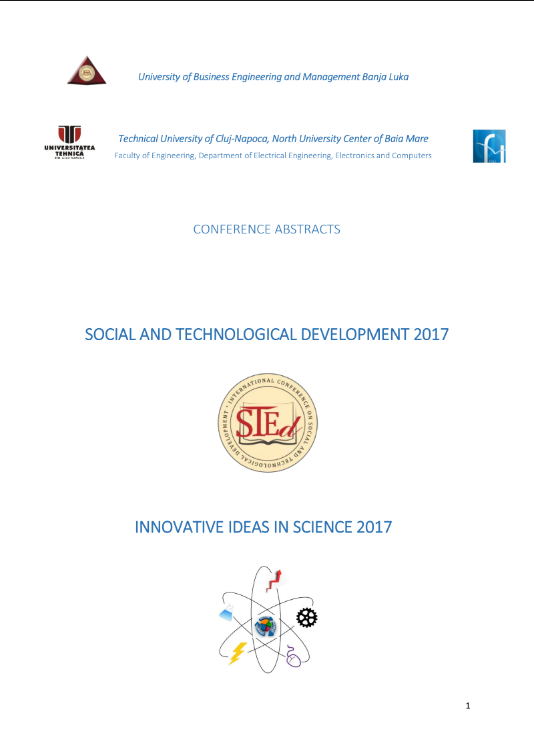
This is an open access article distributed under the Creative Commons Attribution License which permits unrestricted use, distribution, and reproduction in any medium, provided the original work is properly cited.
The principles of component-oriented hybrid modelling of complex dynamical systems based on the Python language and its SymPy and SciPy libraries have been proposed. The Python-classes that allow you to create the models in Python without the need to study and apply specialized modelling languages have been developed. These classes can also be used to automate the construction of a system of equations, describing the behavior of the model, in a symbolic form. The basic set of components has been developed - 1D translational components "mass", "spring-damper", "force". Using these components, the models of sucker rods string have been developed and simulated. These simulation results were compared with simulation results in the Modelica language. The replacement of differential equations by difference equations allowed us to simplify the implementation of the program and the requirements for the modules for symbolic mathematics and for solving equations.
dynamic system, Python, component-oriented modelling, hybrid modelling, sucker rod string.
The statements, opinions and data contained in the journal are solely those of the individual authors and contributors and not of the publisher and the editor(s). We stay neutral with regard to jurisdictional claims in published maps and institutional affiliations.